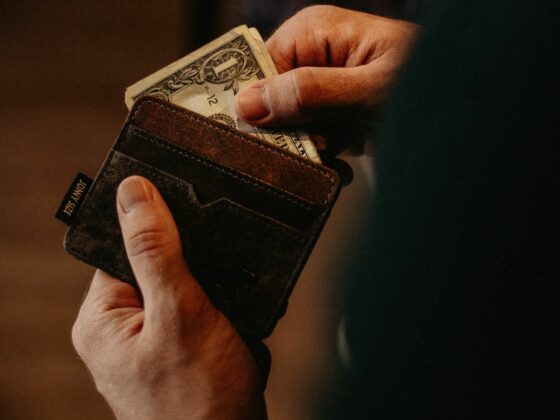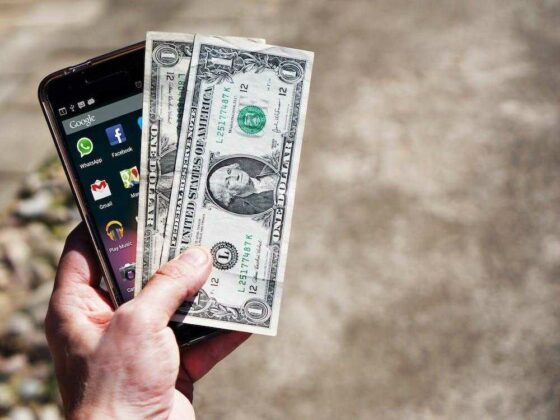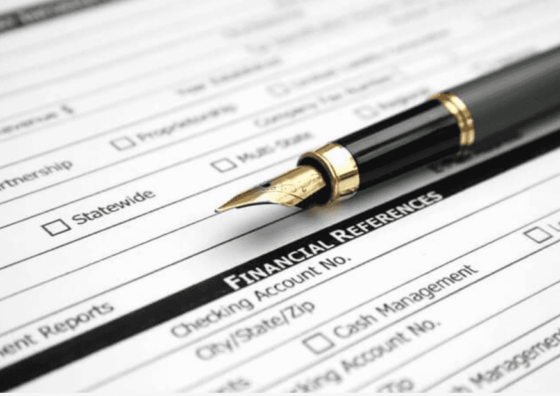If you’ve ever been short on cash, you may have wondered if you could use one credit card to pay another.
Surprisingly, this is not an uncommon question, and the answer is — yes. You can use a credit card to pay for just about anything, including other credit cards. However, there is a catch!
So, here’s what you need to know about paying your credit card bills with another credit card.
Can You Pay a Credit Card with a Credit Card?
Yes, you can use one of your credit cards to settle the debt of another. There are two possible ways to do this:
- One way is to use a cash advance. You can withdraw the cash with your credit card at an ATM or you can ask for it in your bank.
- Another way is to do a balance transfer. This is when you transfer the balance of one credit card to another credit card.
Let’s get into more detail.
Cash Advance
A cash advance is a loan you take out using your credit card.
How to pay one credit card with another using a cash advance? Go to an ATM and use your credit card to withdraw cash. You can also go into a bank and ask for one. In this case be sure to bring your ID and credit card with you.
Once you get the cash, the easiest way is to deposit it on your checking account and pay your credit card debt from there, or, alternatively, you can use a money order.
However, there are a few things that keep this option far from being ideal:
First, the cash advance interest rate is normally bigger than the rate on your regular credit card purchases, so may end up with even higher debt. Second, you’ll likely be charged a fee for taking out a cash advance. This fee is typically between 3% and 5% of the withdrawn amount.
And finally, cash advances can be harmful to your credit score if you don’t pay them back in full and on time.
Balance Transfer
Another way you can pay a credit card with a credit card is by transferring the balance of one credit card to another credit card. This can be a great way to save money on interest if you’re transferring the balance from a card that charges interest to the one that does not.
Many cards offer 0% APR on balance transfers in the first 18 months, so you can benefit from that. Simply transfer the money to the card, and pay off the debt within the set period in monthly payments, but without interest!
There are downsides of doing a balance transfer, though. First, most balance transfers have a fee. This fee is typically 3%–5% of the total transfer amount. Second, if your FICO score is not in the “very good” range, you’ll have more problems haggling over conditions of the balance transfer with your card issuer.
And finally, your bank may not allow transferring a balance from one card to another internally, as it isn’t really profitable for them.
Potential Issues
While the process of paying off credit card debt seems straightforward, sometimes you may be challenged. Why can’t you pay a credit card with a credit card using one of the two above strategies?
It has nothing to do with the credit card companies not wanting you to do it. In fact, they would probably love it if you did! The reason you can’t pay a credit card with a credit card is because of the way that credit cards work.
If you tried to use a credit card to pay another credit card company, they would be essentially paying themselves — and that doesn’t work too well.
The credit card companies make money by charging interest on the money you borrow. If you use a credit card to pay another credit card, there’s no interest charged because you’re not actually borrowing any money.
Paying Your Credit Card with a Debit Card
Can you pay a credit card with a debit card? You cannot use a debit card to pay a credit card, meaning there’s no option to type in your debit card number anywhere as a method of payment.
However, there’s a neat hack. If you link your bank account to your debit card, you may transfer your funds to a credit card. In this case, you’ll need to provide information like the account number and routing number for your savings/checking account.
You can save the information for the account you want the money to come from for next time, so you don’t have to type it every month. You may also set up an automatic bill payment, which will remove money from your account on the same day each month.
Conclusion
So, can I pay my credit card bill off with another credit card? Technically speaking, yes. There are two different ways to pay a credit card with another credit card: by using a cash advance or transferring the balance from one credit card to another. Which method is better?
It depends on your situation. If you’re looking to save money on interest, a balance transfer may be the best option. If you need cash quickly, a cash advance may be your best bet.
FAQs
Can I use my credit card to pay someone else’s credit card?
The short answer is no. While there are a few ways to pay one credit card with another, using one credit card to pay off another person’s credit card is not one of them.
There are a few different options available if you’re looking to pay someone else’s credit card. You could take out a cash advance from your credit card or get a personal loan and use the funds from the loan to pay off the other person’s credit card.
Can I pay my Capital One credit card with another credit card?
No, you can’t directly pay your credit card with another credit card.
Can I pay my Bank of America credit card with another credit card?
No, you can’t use another credit card to pay your Bank of America credit card bills. What you can do is take a cash advance. Bank of America charges a cash advance fee of either $10 or 3%–5% of the amount of the cash advance, whichever is greater.
In addition to that, you may also transfer funds from your Bank of America savings/checking account to your Bank of America credit card.
How can I pay my credit card bill with a credit card?
There are two ways to do this. You can use a balance transfer or a cash advance. With a balance transfer, you’re essentially paying off one credit card with another.
You’ll need to have good credit to qualify for this option, and you’ll be charged a balance transfer fee, which is usually around 3% of the total amount you’re transferring.
If you can’t qualify for a balance transfer or don’t want to pay the fees, you can take out a cash advance on your credit card.
This is basically a short-term loan from your credit card company. You’ll be charged a cash advance fee, which is usually around five percent of the total amount you’re withdrawing.
So, can you pay a credit card with a credit card? Yes, you can, but it’s not always the best idea.






